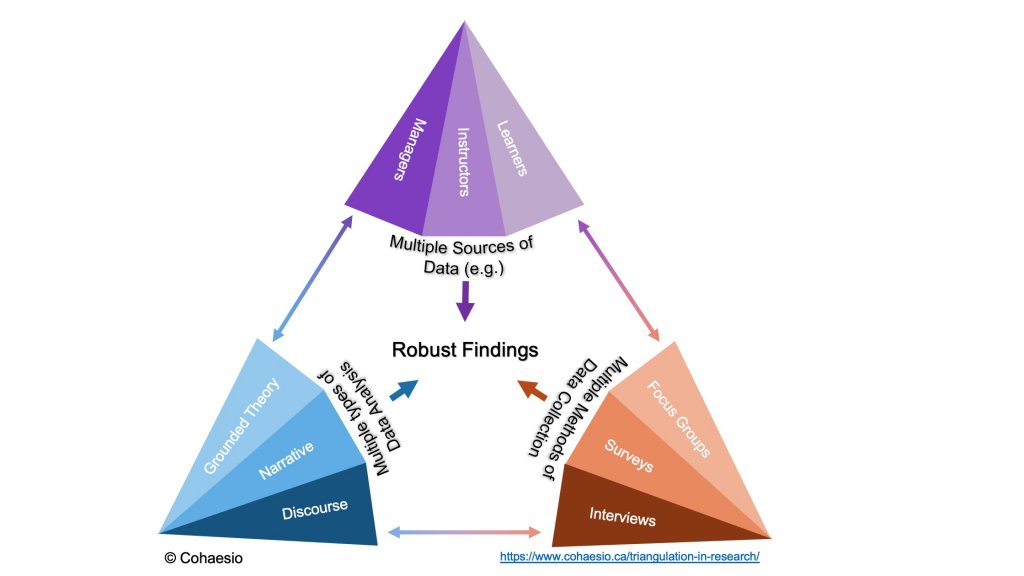Melanoma Diagnostics And Therapeutics Market Size & CAGR
The Melanoma Diagnostics And Therapeutics market size is projected to reach USD 5.2 billion in 2023 with a Compound Annual Growth Rate (CAGR) of 7.8%. The forecast growth rate from 2023 to 2030 is estimated to be around 9.2%, driven by increasing incidence rates of melanoma across the globe and advancements in diagnostic and therapeutic technologies.
COVID-19 Impact on the Melanoma Diagnostics And Therapeutics Market
The COVID-19 pandemic has significantly impacted the Melanoma Diagnostics And Therapeutics market. The disruption in healthcare services, delays in diagnosis, and treatment of melanoma patients have led to a temporary decline in the market growth. However, the market is expected to rebound post-pandemic with renewed focus on early detection and innovative therapies.
Melanoma Diagnostics And Therapeutics Market Dynamics
The Melanoma Diagnostics And Therapeutics market dynamics are influenced by factors such as increasing awareness about skin cancer, technological advancements in diagnostic tools, rising research and development investments, and growing adoption of personalized medicine. The market is characterized by intense competition among key players, collaborations, strategic partnerships, and product launches to gain a competitive edge.
Segments and Related Analysis of the Melanoma Diagnostics And Therapeutics market
The Melanoma Diagnostics And Therapeutics market is segmented based on diagnostics, therapeutics, and end-users. The diagnostic segment includes imaging tests, biopsies, blood tests, and molecular diagnostics. Therapeutics segment comprises surgery, chemotherapy, immunotherapy, targeted therapy, and radiation therapy. End-users include hospitals, clinics, diagnostic centers, and research institutes.
Melanoma Diagnostics And Therapeutics Market Analysis Report by Region
Asia Pacific Melanoma Diagnostics And Therapeutics Market Report
The Asia Pacific region is witnessing significant growth in the Melanoma Diagnostics And Therapeutics market due to the rising incidence of melanoma, increasing awareness about skin cancer, and improving healthcare infrastructure. Countries like China, Japan, and India are key contributors to market growth in this region.
South America Melanoma Diagnostics And Therapeutics Market Report
South America has shown a steady increase in the Melanoma Diagnostics And Therapeutics market, driven by advancements in diagnostics and therapeutics, government initiatives to control cancer rates, and a growing patient population. Countries like Brazil and Argentina are leading the market in this region.
North America Melanoma Diagnostics And Therapeutics Market Report
North America is a mature market for Melanoma Diagnostics And Therapeutics due to high healthcare spending, advanced medical infrastructure, and strong R&D activities. The United States and Canada are key countries contributing to the growth of the market in this region.
Europe Melanoma Diagnostics And Therapeutics Market Report
Europe has a well-established Melanoma Diagnostics And Therapeutics market with a focus on early detection, personalized treatment, and innovative therapies. The region is characterized by collaborations between academia, industry, and healthcare providers to improve patient outcomes.
Middle East and Africa Melanoma Diagnostics And Therapeutics Market Report
The Middle East and Africa region are witnessing a gradual growth in the Melanoma Diagnostics And Therapeutics market, driven by increased healthcare investments, awareness campaigns, and a growing patient population. Countries like Saudi Arabia, UAE, South Africa, and Egypt are key markets in this region.
Melanoma Diagnostics And Therapeutics Market Analysis Report by Technology
The Melanoma Diagnostics And Therapeutics market analysis by technology includes imaging techniques, molecular diagnostics, genetic testing, biopsy, and immunohistochemistry. Advancements in these technologies have revolutionized the diagnosis and treatment of melanoma, leading to better patient outcomes and prognosis.
Melanoma Diagnostics And Therapeutics Market Analysis Report by Product
The Melanoma Diagnostics And Therapeutics market analysis by product includes diagnostic tools such as dermatoscopes, imaging machines, biopsy kits, and genetic testing kits. Therapeutics products include chemotherapy drugs, immunotherapy agents, targeted therapy drugs, and radiation therapy equipment. These products play a crucial role in the management of melanoma patients.
Melanoma Diagnostics And Therapeutics Market Analysis Report by Application
The Melanoma Diagnostics And Therapeutics market analysis by application includes screening and early detection, diagnosis and staging, treatment planning, monitoring and surveillance, and palliative care. These applications guide healthcare professionals in providing personalized and effective care to melanoma patients.
Melanoma Diagnostics And Therapeutics Market Analysis Report by End-User
The Melanoma Diagnostics And Therapeutics market analysis by end-user includes hospitals, clinics, diagnostic centers, research institutes, and ambulatory surgical centers. These end-users play a critical role in delivering comprehensive care to melanoma patients, from diagnosis to treatment and follow-up.
Key Growth Drivers and Key Market Players of Melanoma Diagnostics And Therapeutics market
Key growth drivers of the Melanoma Diagnostics And Therapeutics market include increasing prevalence of melanoma, advancements in diagnostic technologies, rising investments in R&D, and growing adoption of personalized medicine. Key market players operating in the Melanoma Diagnostics And Therapeutics market include:
- Roche
- Merck
- Bristol Myers Squibb
- Novartis
- Pfizer
Melanoma Diagnostics And Therapeutics Market Trends and Future Forecast
The Melanoma Diagnostics And Therapeutics market is witnessing a shift towards targeted therapies, immunotherapies, and combination treatments for better outcomes. Future trends include the development of personalized medicine, liquid biopsies for early detection, and precision oncology approaches. The market is expected to grow exponentially with ongoing research and technological advancements.
Recent Happenings in the Melanoma Diagnostics And Therapeutics Market
Recent developments in the Melanoma Diagnostics And Therapeutics market include the introduction of new immunotherapies, targeted therapies, and diagnostic tools for melanoma. Key players are focusing on collaborations, clinical trials, and product launches to address unmet medical needs and improve patient outcomes.



